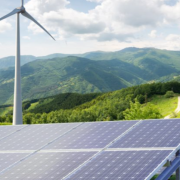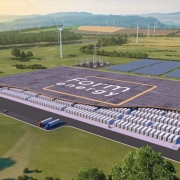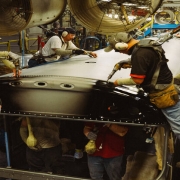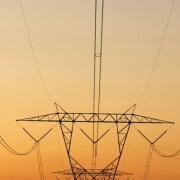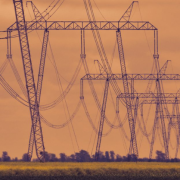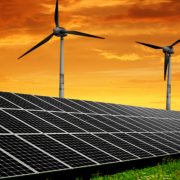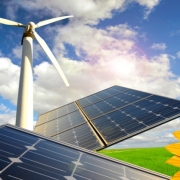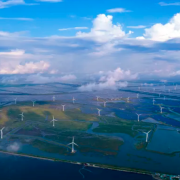In 2022, the United States produced more than three times as much solar, wind and geothermal power than we did in 2013, with growth in all 50 states. That’s according to Renewables on the Rise 2023, an online dashboard unveiled on Wednesday by Environment America Research & Policy Center and Frontier Group.
“Abundant and clean renewable energy sources, most notably wind and solar, are increasingly playing a leading role in how we power our lives,” said Johanna Neumann, senior director of Environment America Research & Policy Center’s Campaign for 100% Renewable Energy. “The sooner we power our lives with renewable energy, the better it will be for our health and our planet.”
Click here to read the full article
Source: Environment America
—
If you have any questions or thoughts about the topic, feel free to contact us here or leave a comment below.

